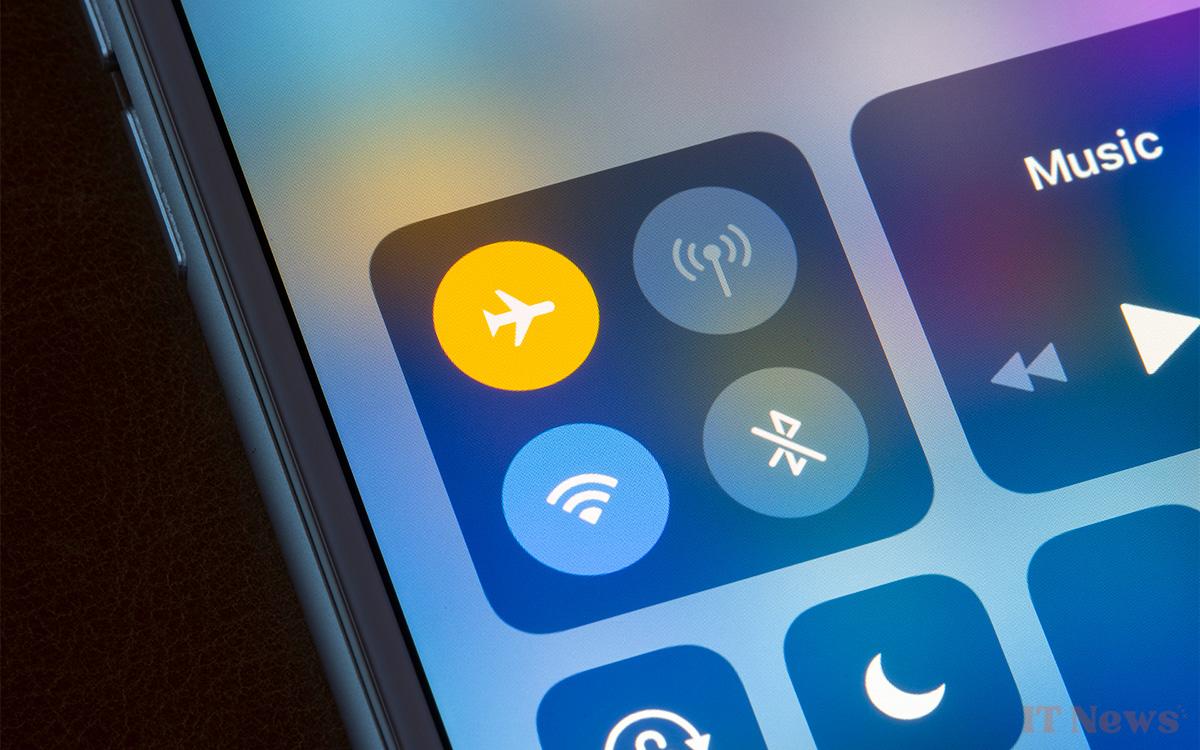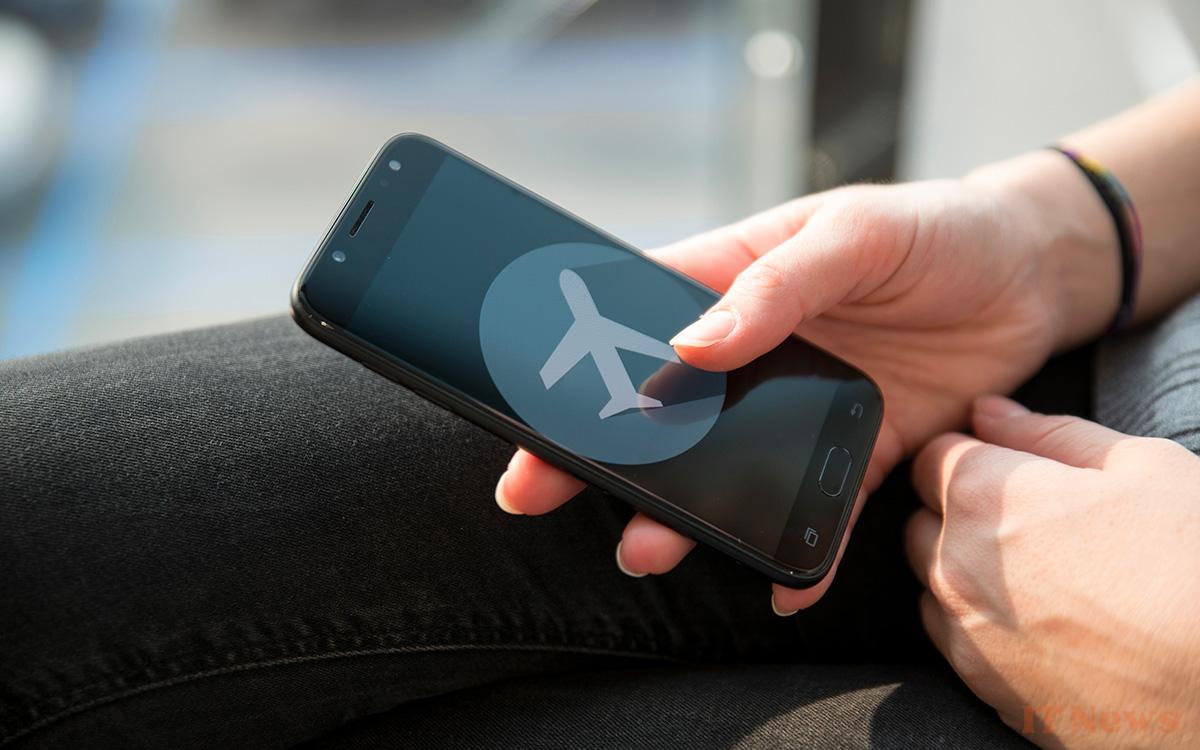There's a reason most airlines continue to require their passengers to activate Airplane Mode. The risks, though minimal, exist if you don't. We explain everything to you.
If you've ever flown on a plane, the crew has definitely asked you to activate Airplane mode on your smartphone. Especially during takeoff and landing. And if this gesture has become a habit for you, you may not necessarily know the reason behind this instruction.
It's the first reflex to have when you board: activate Airplane mode on your smartphone, tablet or laptop. Contrary to what you might think at first glance, this regulation is not there to prevent a crash. No, Airplane mode simply prevents your device from causing interference with communication and navigation systems.
Airplane mode, the bulwark against interference generated by our smartphones
Indeed, you should know that your smartphone will inevitably try to connect to a mobile network when you are in the air. The problem is that if there are several of you in this situation, the waves emitted by your respective devices can generate parasitic noise on the VHF frequencies used for communications between the cockpit and the control towers. This can hamper the proper transmission of information during critical flight phases (takeoff and landing).
Especially since when the weather conditions are bad, the pilot relies exclusively on the instructions from the control tower and its instruments to land the aircraft safely. Wanting to absolutely reactivate the network on your smartphone to scroll through Instagram before landing is therefore putting everyone at risk.
5G, a minor risk... but a risk nonetheless same
Another thing to know is that 5G uses a bandwidth spectrum quite close to that of aviation. Specifically, the 5G frequency range oscillates between 3.5 and 3.8 GHz in Europe. However, certain crucial instruments, such as pressure altimeters or radio altimeters, rely on frequencies between 4.2 and 4.4 GHz. When 5G became more widespread, many studies focused on the potential impact of 5G signals on the operation of onboard systems on airliners.
And as summarized in the Swiss Federal Office of Civil Aviation (FOCA), “the probability of interference for certain altimeter models cannot be completely ruled out, but there is no evidence to confirm or deny such consequences for on-board equipment, at least for the emission powers applied in Europe.”
Even today, and due to this persistent uncertainty, many airlines still invite their passengers to activate Airplane mode once on board. This is particularly the case in France: “Depending on the assessment of the risk caused by electromagnetic interference, the use of portable transmitter systems (e.g., tablets, mobile phones, etc.) may be authorized during all phases of flight, or prohibited during low-visibility approach operations (LVO). This risk assessment is carried out by the operator,” we can read on the website of the DGAC, the Directorate General for Civil Aviation.
Airplane mode, soon to be a thing of the past?
Nevertheless, systematically activating Airplane mode on board could finally disappear in the coming years. First of all, more and more airlines are equipping their aircraft with picocells. For the uninitiated, these devices provide passengers with a cellular network via a satellite connection. This de facto reduces signal transmissions to ground antennas, and by extension the risk of interference. The European Commission has also chosen to require the installation of picocells in 2023 to offer 5G on airliners.
Today, some airlines already allow their customers to benefit from 5G on board. This is the case with Lufthansa and Swiss International Air Lines, or on certain short-haul British Airways flights. In France, it's not yet for the immediate future, but Air France has already carried out conclusive tests. Another factor that could lead to a change in regulations is the constant reduction in the power of the waves emitted by our smartphones. Thanks to the efforts made by manufacturers, the risks of interference are now minimal.
Source: AirJournal







0 Comments